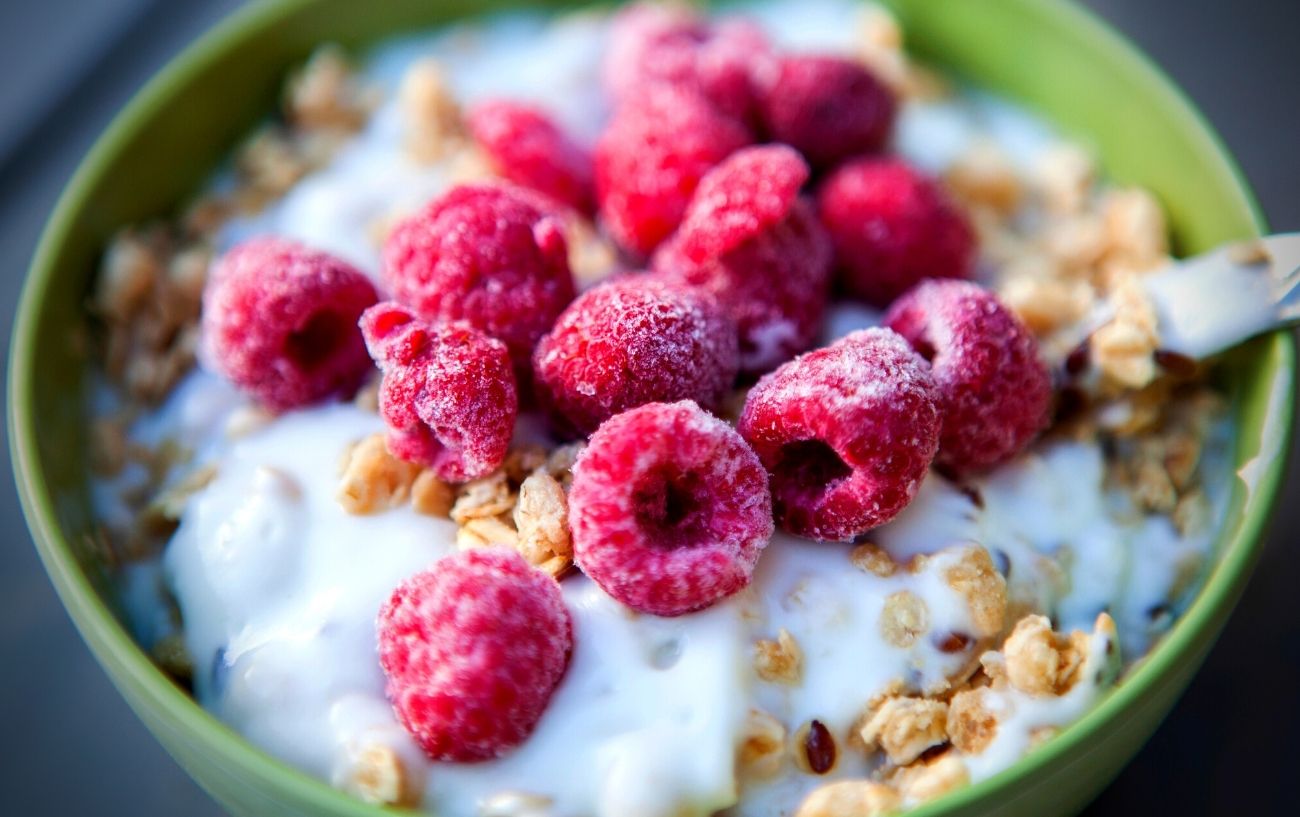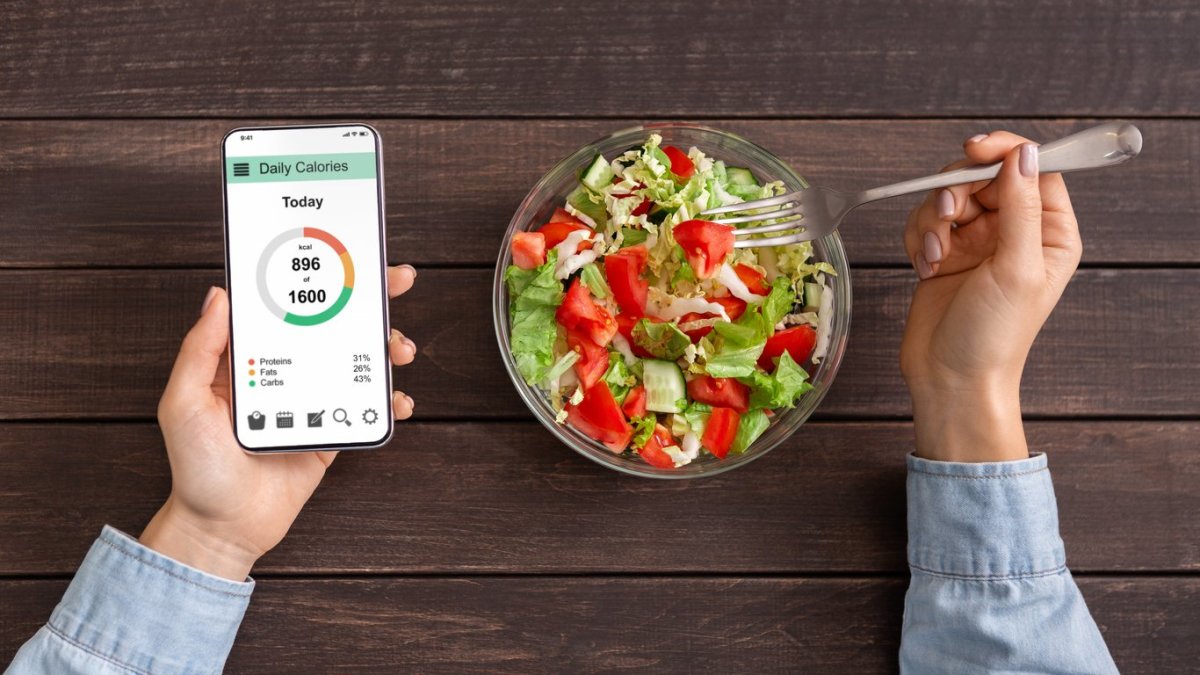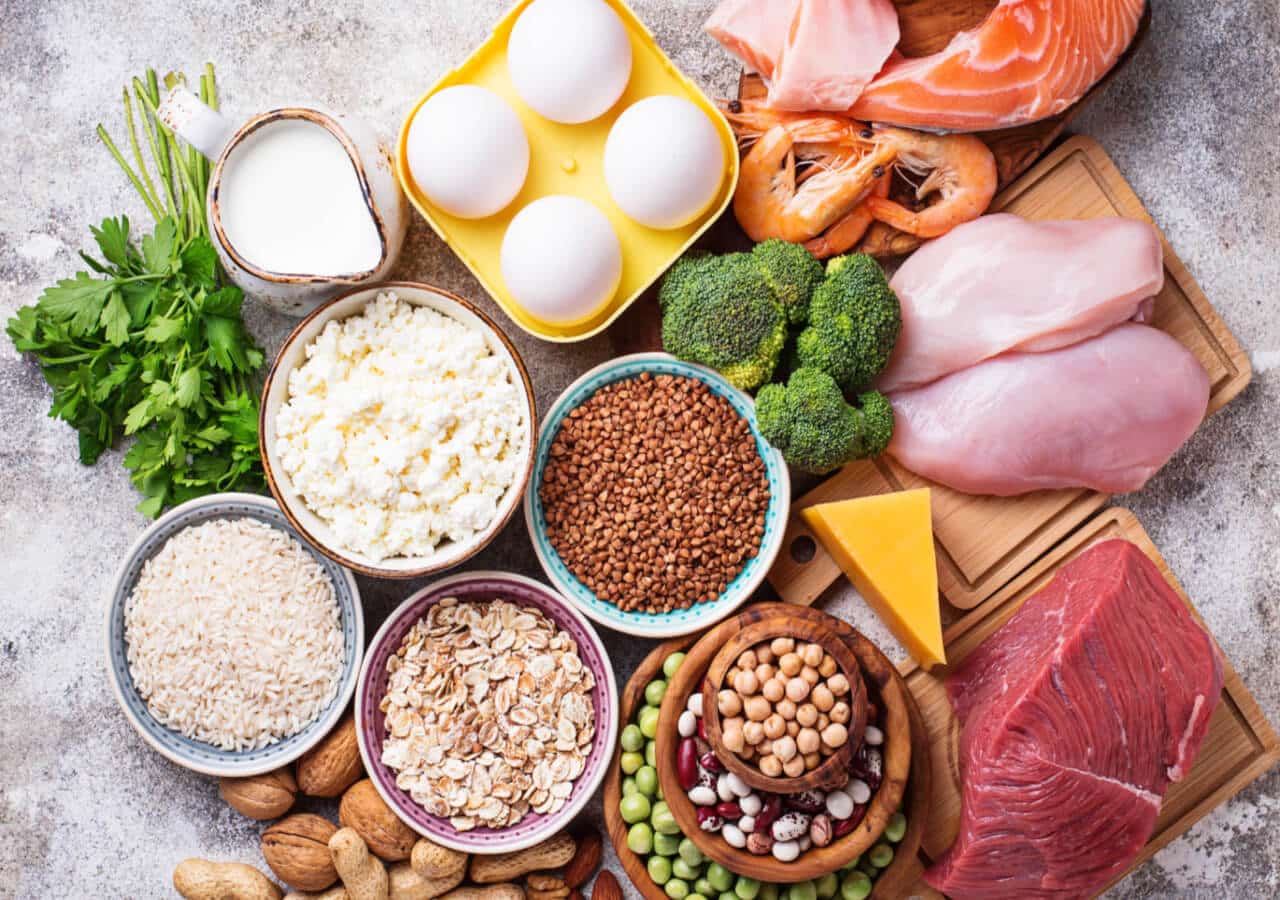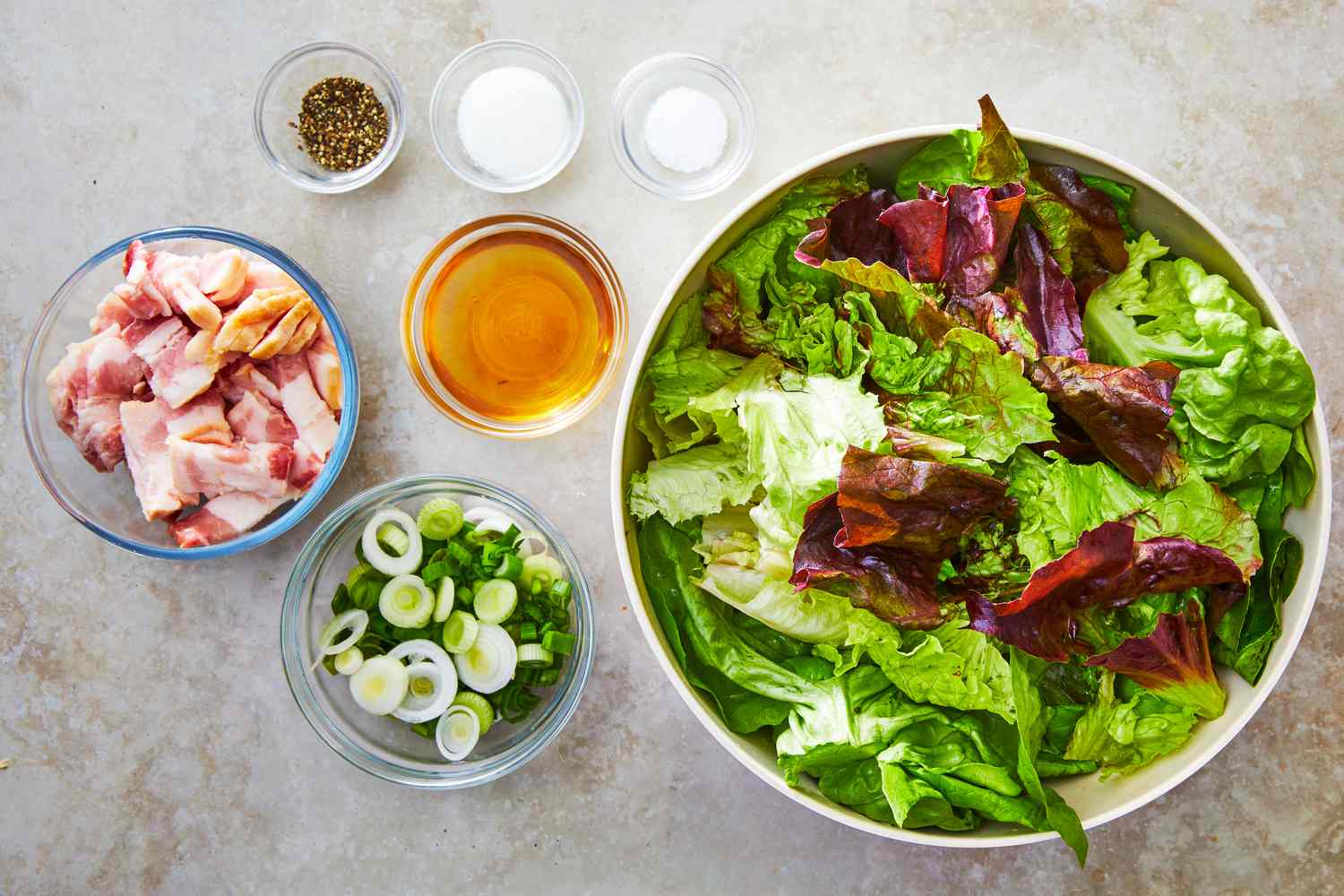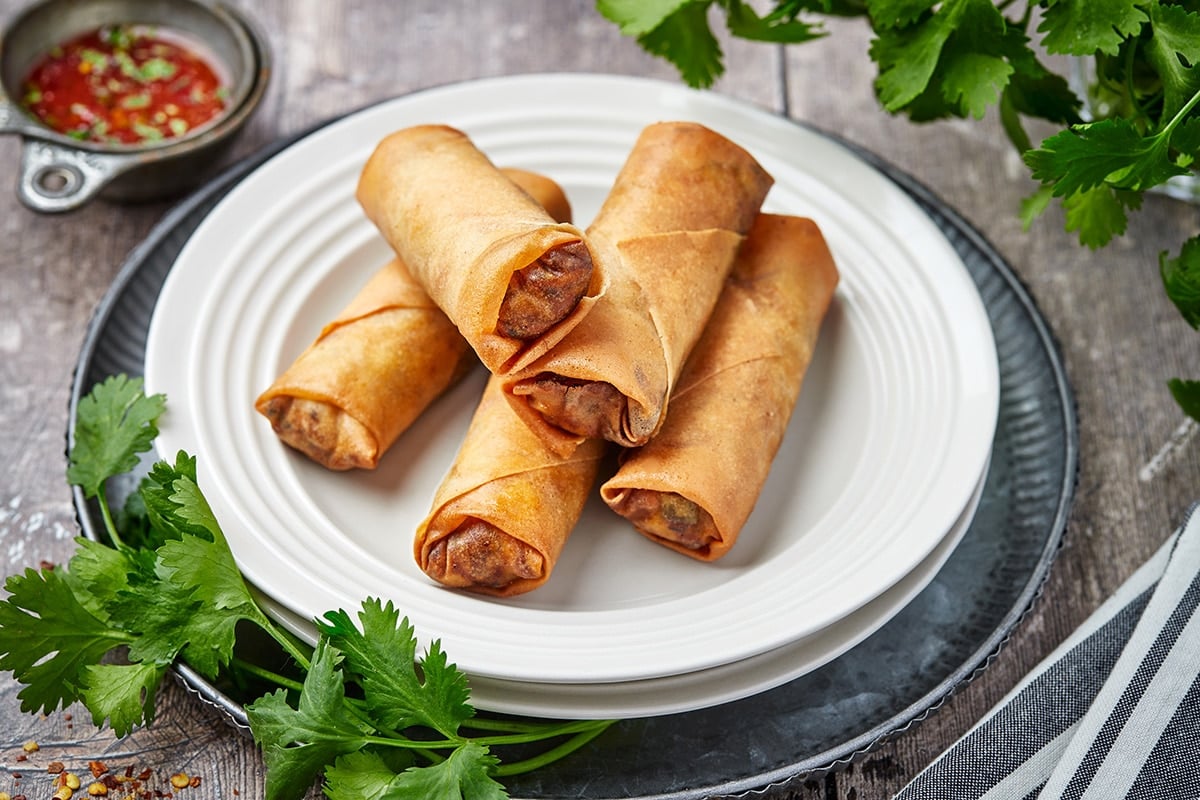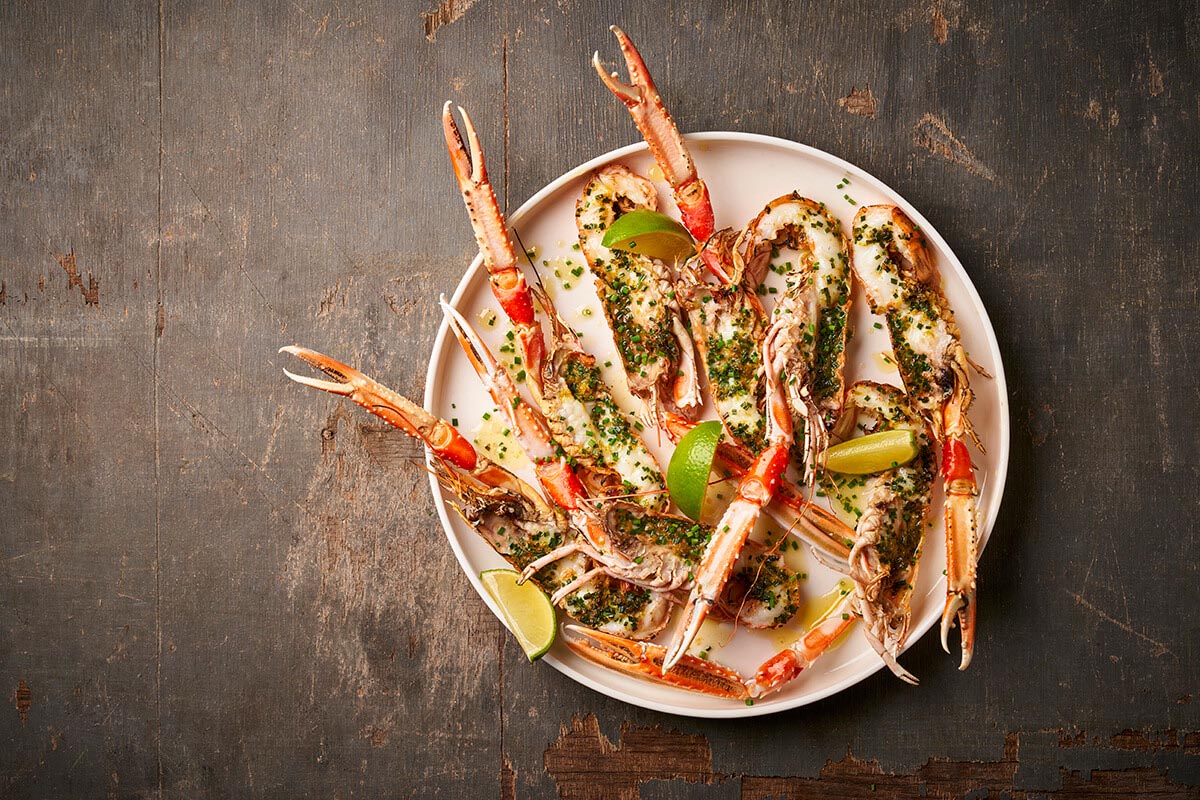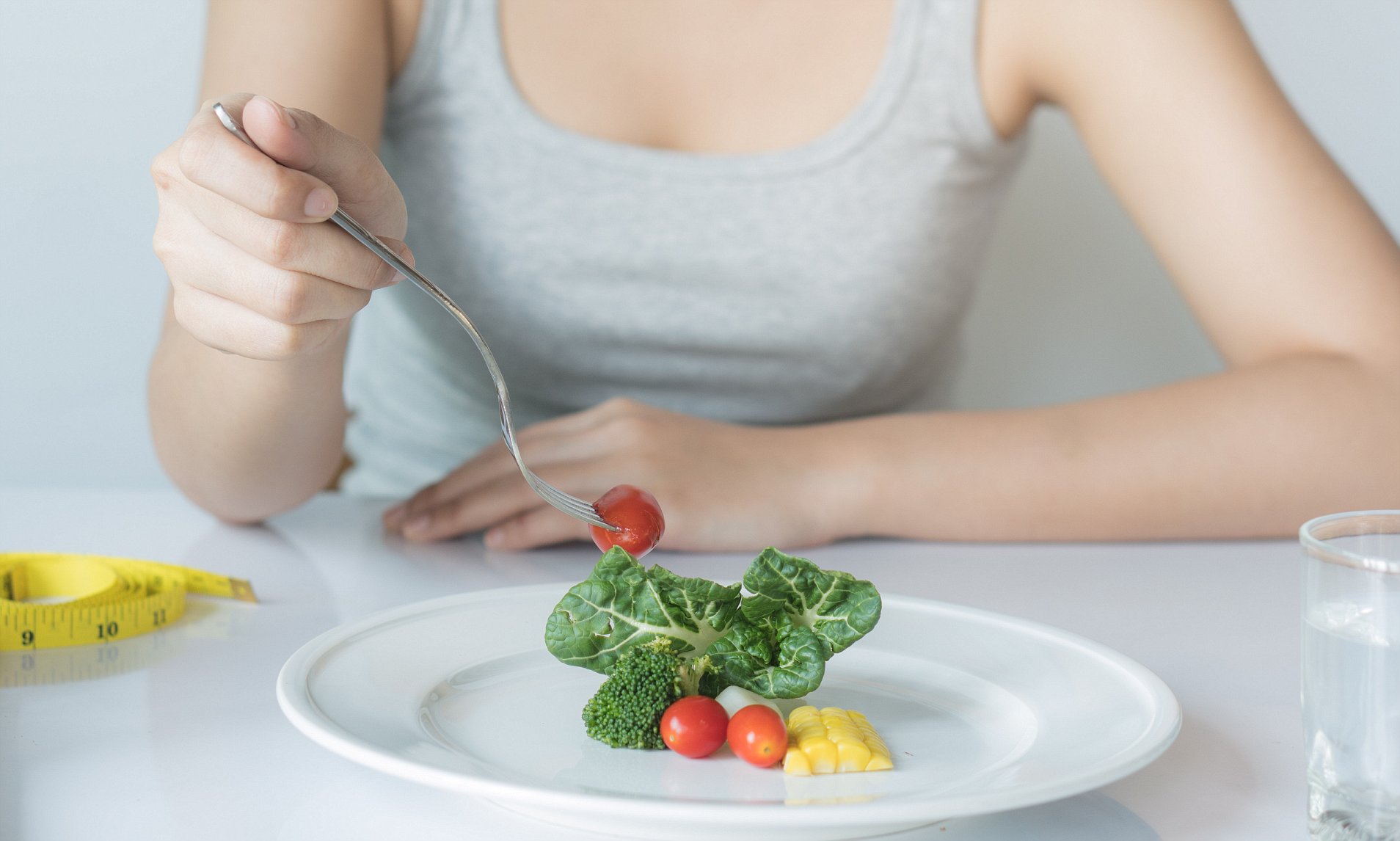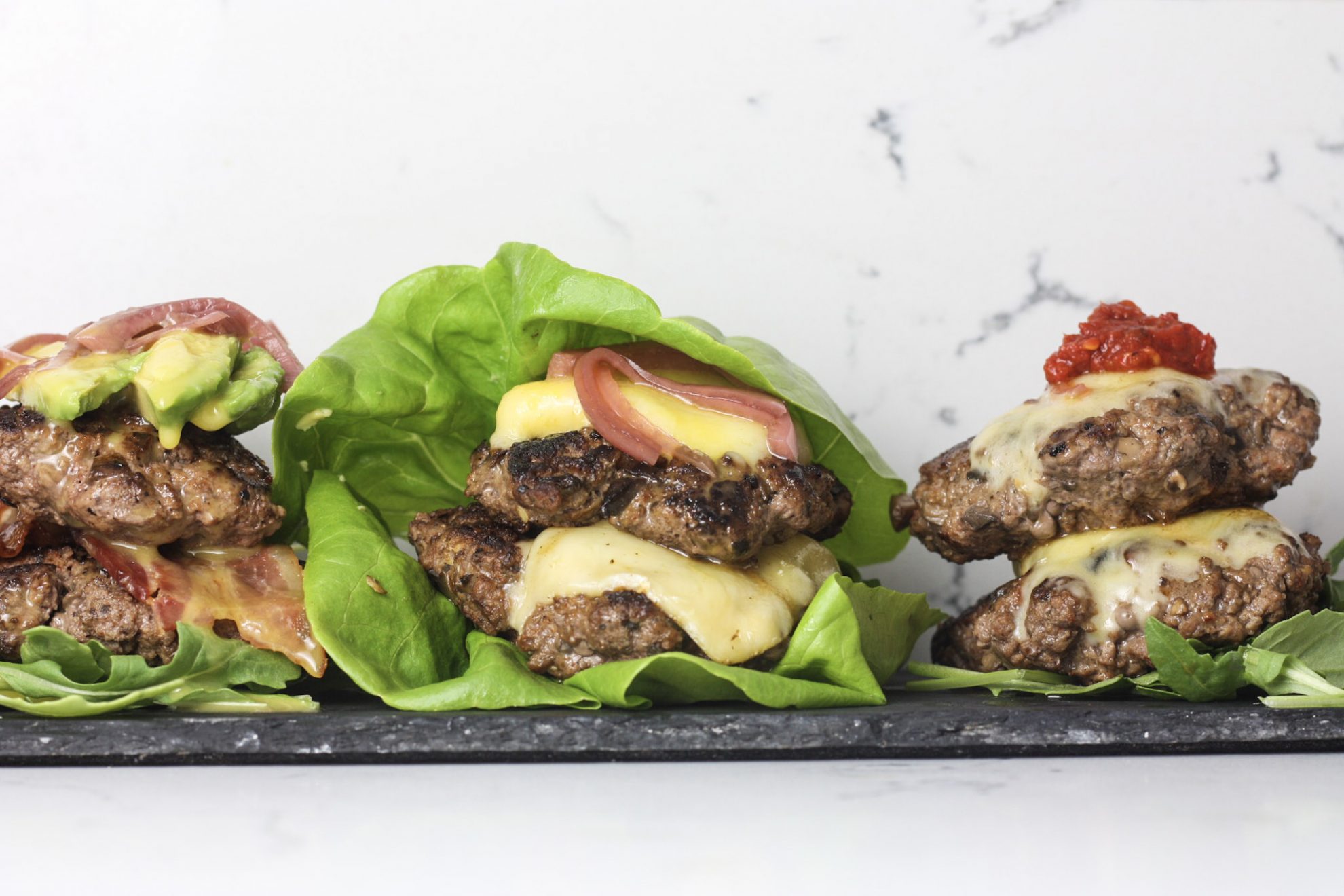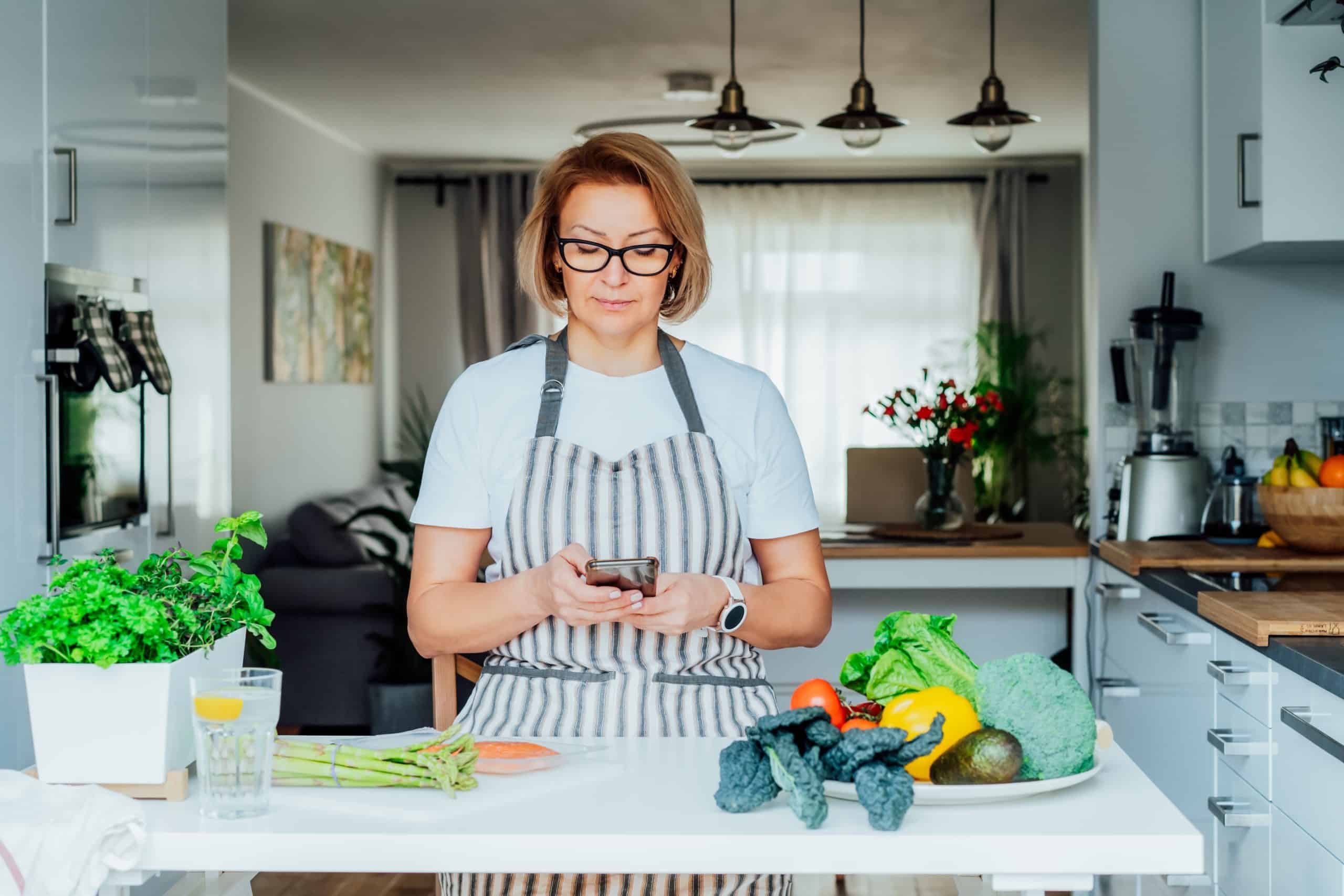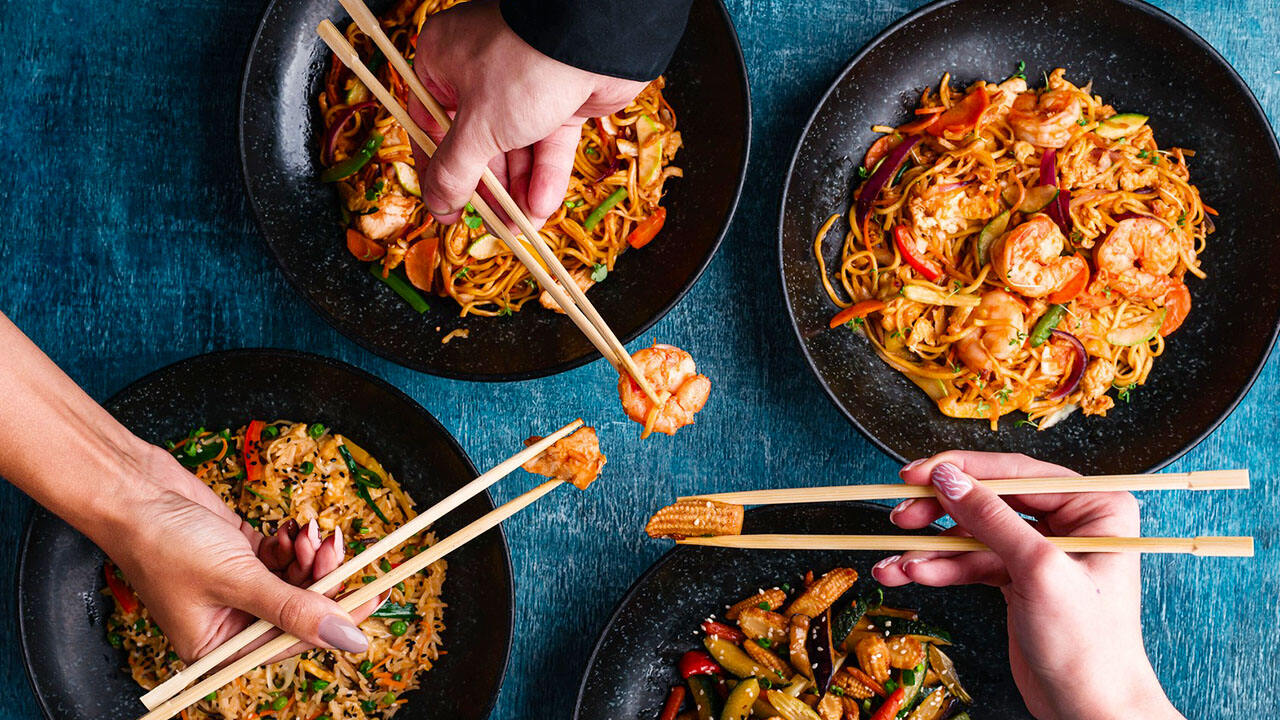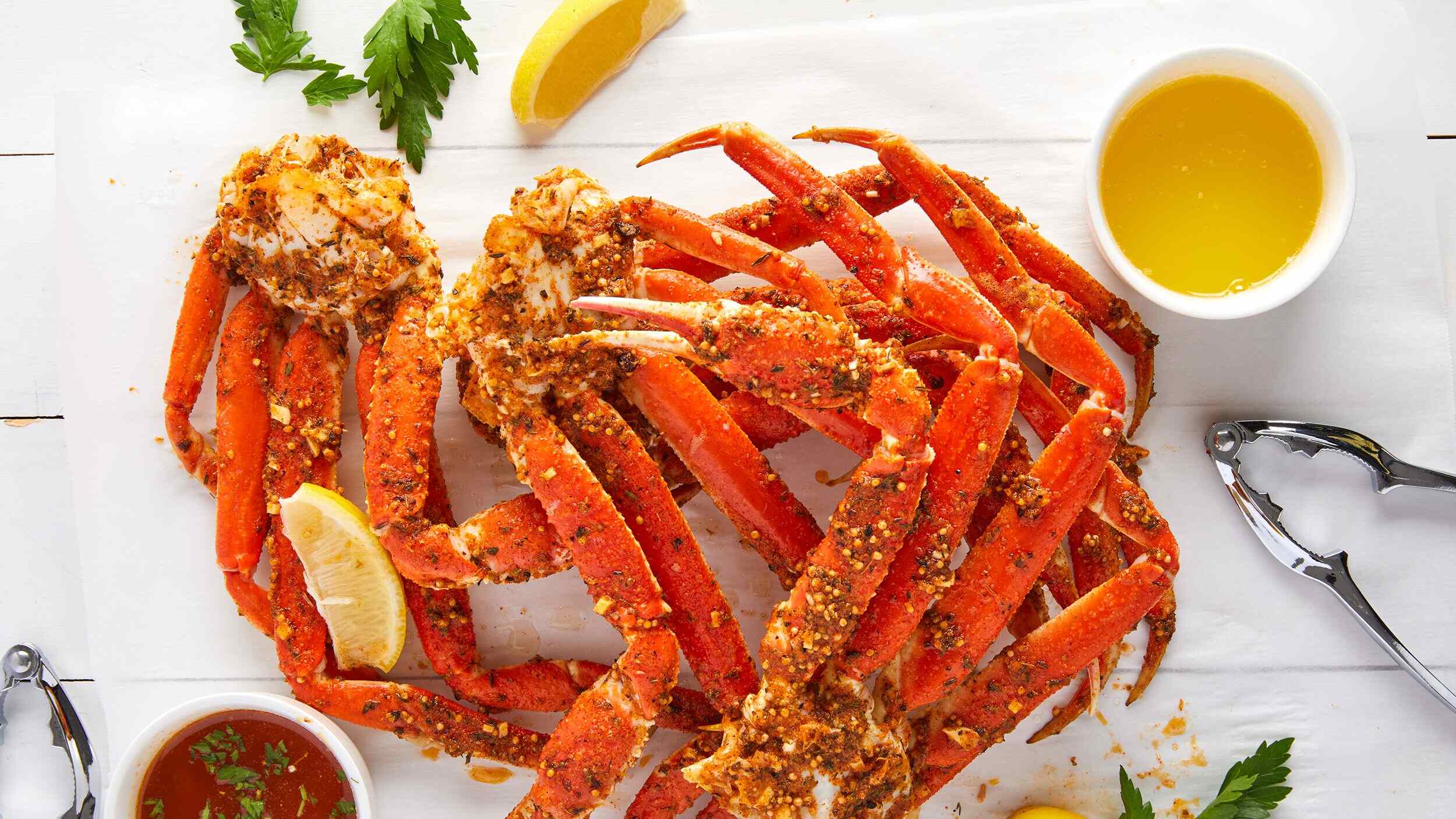Boost Your Energy with Low-Calorie Foods
Are you looking to maintain a healthy weight while still having the energy to power through your day? It’s all about choosing the right foods. By incorporating low-calorie but high-energy foods into your diet, you can fuel your body without consuming excess calories. Here are some tips on how to eat low-calorie but high-energy foods:
Focus on Nutrient-Dense Foods
When it comes to low-calorie but high-energy foods, nutrient density is key. Look for foods that are packed with essential vitamins, minerals, and other nutrients to keep you feeling full and energized. Some examples of nutrient-dense foods include:
- Leafy greens like spinach, kale, and Swiss chard
- Lean proteins such as chicken breast, turkey, and tofu
- Whole grains like quinoa, brown rice, and oats
- Fruits such as berries, apples, and oranges
- Healthy fats like avocados, nuts, and seeds
Stay Hydrated
Dehydration can lead to feelings of fatigue and low energy levels. Make sure to drink plenty of water throughout the day to stay hydrated. Additionally, incorporating water-rich foods into your diet can help keep you hydrated. Foods with high water content, such as cucumbers, watermelon, and celery, can contribute to your overall fluid intake.
Choose Foods High in Fiber
Fiber is not only important for digestive health but can also help keep you feeling full and satisfied. Opt for high-fiber foods like legumes, whole grains, fruits, and vegetables. These foods can provide sustained energy and help prevent energy crashes throughout the day.
Snack Smart
When you need a quick energy boost between meals, reach for low-calorie but high-energy snacks. Some great options include:
- Greek yogurt with berries
- Carrot sticks with hummus
- Apple slices with almond butter
- A small handful of nuts and seeds
- Air-popped popcorn
Balance Your Macronutrients
Protein, carbohydrates, and fats are the three macronutrients that provide energy to the body. By including a balance of these macronutrients in your meals, you can maintain steady energy levels throughout the day. For example, a balanced meal might include grilled chicken (protein), quinoa (carbohydrates), and a side of mixed vegetables (fiber and nutrients).
Limit Processed Foods and Added Sugars
Processed foods and those high in added sugars can lead to energy crashes and provide little nutritional value. Instead, focus on whole, unprocessed foods that will provide sustained energy and essential nutrients. By minimizing your intake of processed foods and added sugars, you can optimize your energy levels and overall health.
Final Thoughts
Eating low-calorie but high-energy foods doesn’t have to be complicated. By focusing on nutrient-dense foods, staying hydrated, choosing high-fiber options, snacking smart, balancing your macronutrients, and minimizing processed foods and added sugars, you can fuel your body with the energy it needs to thrive. Incorporating these tips into your daily eating habits can help you maintain a healthy weight while feeling energized and ready to tackle whatever comes your way.
Remember, it’s all about making small, sustainable changes to your diet that will have a big impact on your energy levels and overall well-being.
